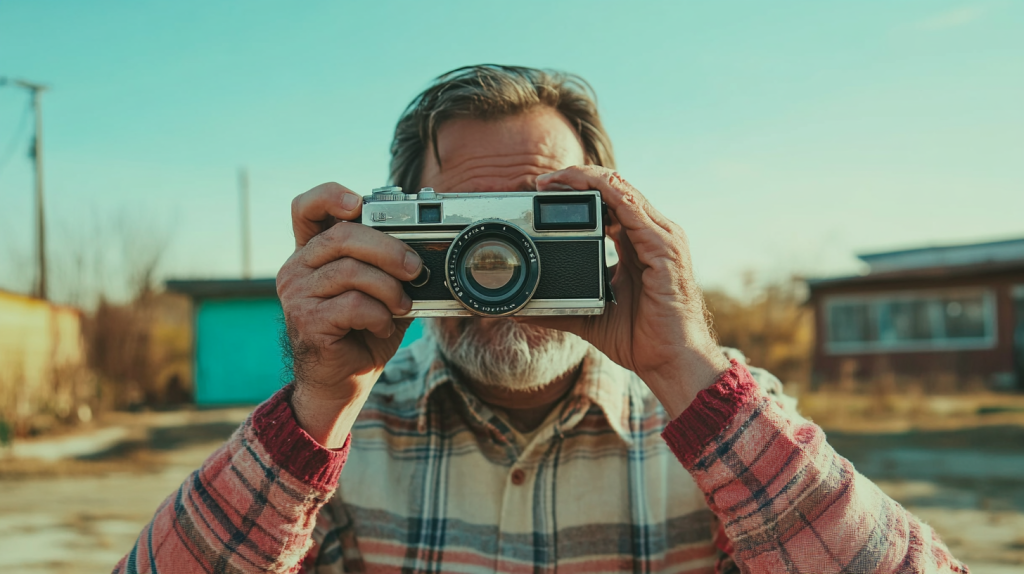The 1980s were a time of big hair, neon colors, and groundbreaking technology that seemed straight out of science fiction. Homes during this decade were filled with gadgets and gizmos that defined an era of rapid technological advancement and changing lifestyles. But as we’ve moved into the digital age, many of these once-common household items have become relics of the past. Join me on a nostalgic journey through the 80s home, where we’ll take a look at 18 things that were once essential but are now as outdated as parachute pants and shoulder pads. Whether you lived through this vibrant decade or are just curious about life before smartphones, this list will surely spark memories and maybe even a few laughs.
I grew up in the ’80s, so writing this piece most definitely brought back some memories for me. And some of these pieces of outdated tech, I still have – my typewriter, for example. Not that i really use it anymore, but I love it still. I can remember typing up my short stories on that big old beast. My record player, too, and the collection of vinyls that go with it, are still with me, and still get used. And I still have a bunch of cassettes I can’t bring myself to get rid of.
VHS Player
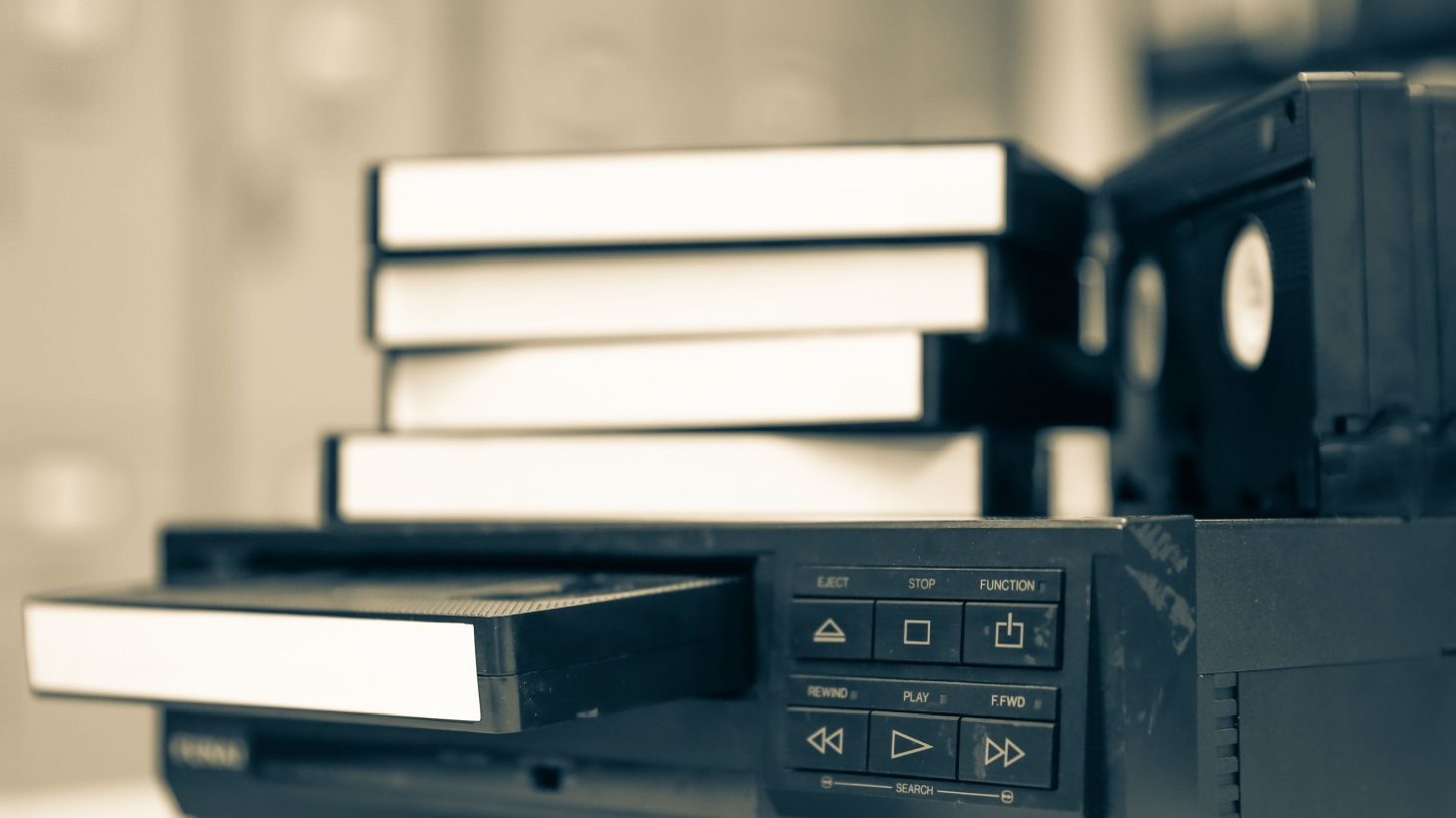
The VHS player was a staple in every 80s living room. These bulky machines allowed families to watch movies at home and record their favorite TV shows. Remember the frustration of rewinding tapes or the disappointment of a tape getting chewed up? While they revolutionized home entertainment, VHS players have since been replaced by DVDs, Blu-rays, and now, streaming services.
Rolodex
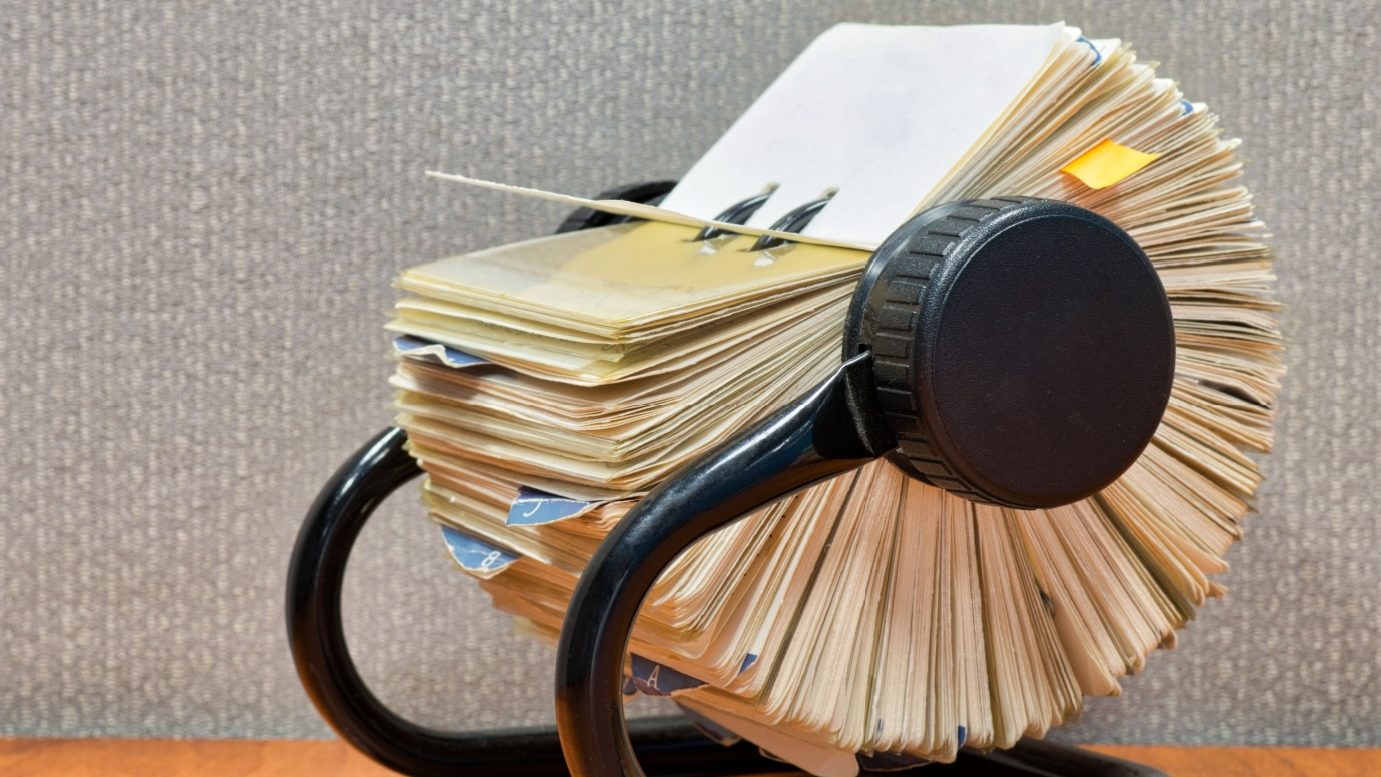
Before smartphones and digital contact lists, the Rolodex was the ultimate organizer for phone numbers and addresses. This rotating file system sat on desks in homes and offices, filled with cards containing important contact information. Flipping through the Rolodex to find a number was a common sight, now replaced by a quick search on our phones.
Answering Machine
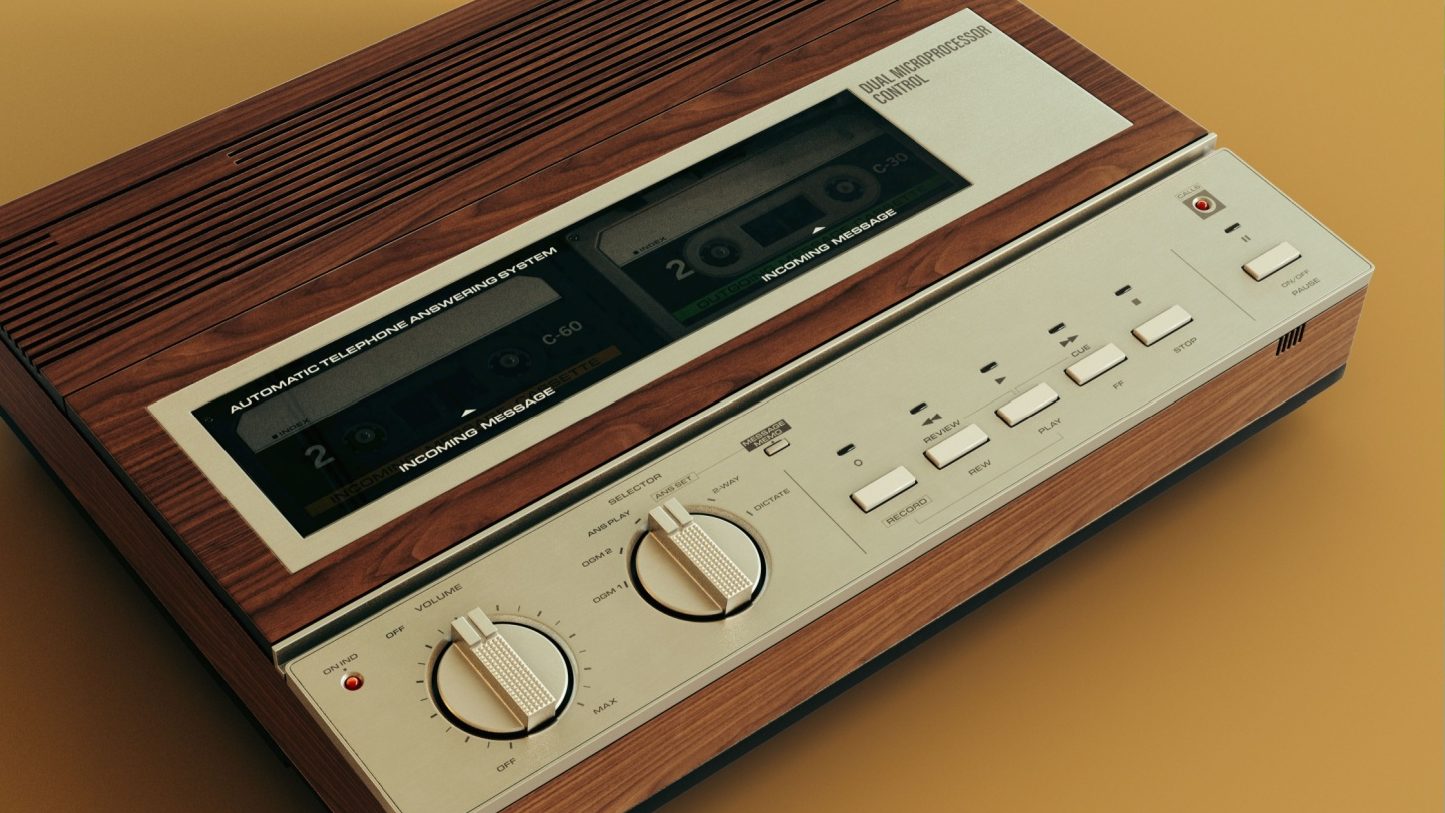
The answering machine was the 80s solution to missing important calls. These devices connected to landline phones and recorded messages on cassette tapes. The familiar greeting of “We’re not home right now, please leave a message after the beep” was heard in households across the nation. Today, voicemail systems and text messaging have made these once-essential machines obsolete.
Encyclopedias

In the pre-internet era, a set of encyclopedias was a prized possession in many homes. These multi-volume sets contained a wealth of knowledge on various subjects, often sold door-to-door by persistent salespeople. Families would consult these books for school projects or to settle dinner table debates. Now, with information at our fingertips via smartphones and computers, physical encyclopedias have become collector’s items.
Cassette Tapes
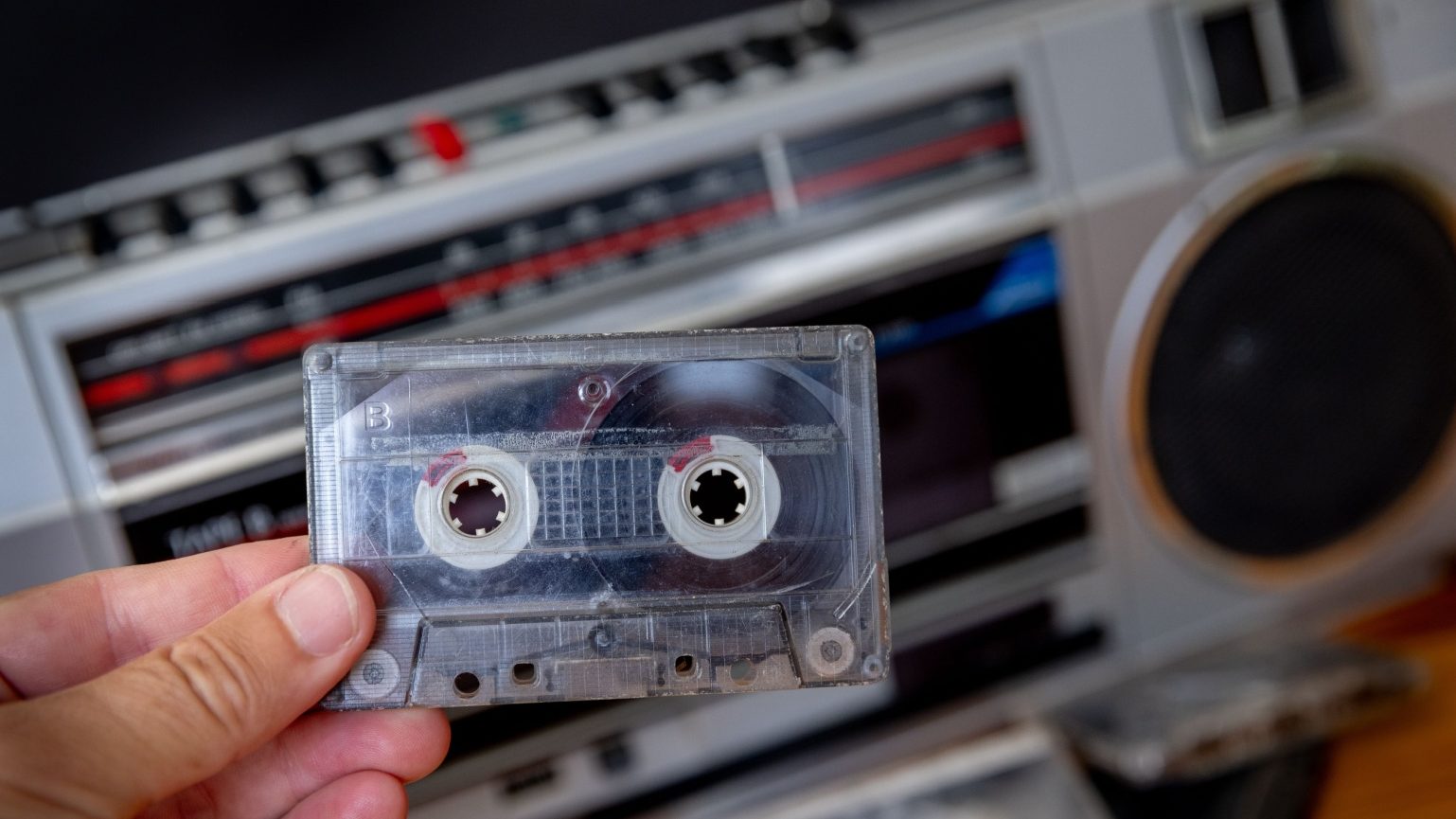
Cassette tapes were the portable music format of choice in the 80s. From mixtapes made for crushes to albums purchased at the local music store, these plastic rectangles filled with magnetic tape were everywhere. Who can forget the satisfying click of popping a tape into a Walkman or car stereo? While some nostalgic music lovers still appreciate them, digital formats have long since taken over.
Fax Machine
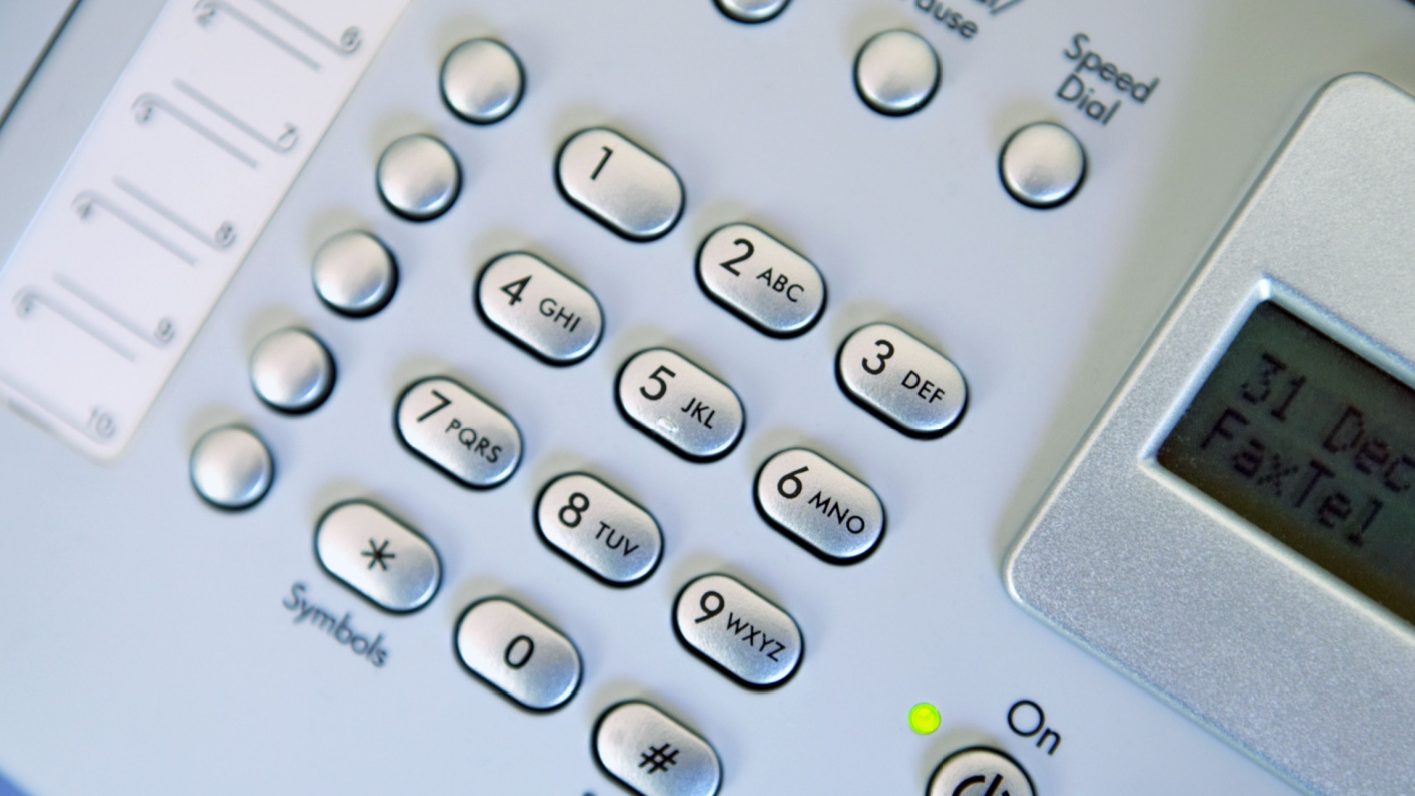
The fax machine was cutting-edge technology in the 80s, allowing people to send documents over phone lines. Many homes had these noisy devices, especially if someone worked from home or ran a small business. The distinctive sound of a fax coming through was once common, but email and digital document sharing have rendered fax machines largely unnecessary.
Typewriter
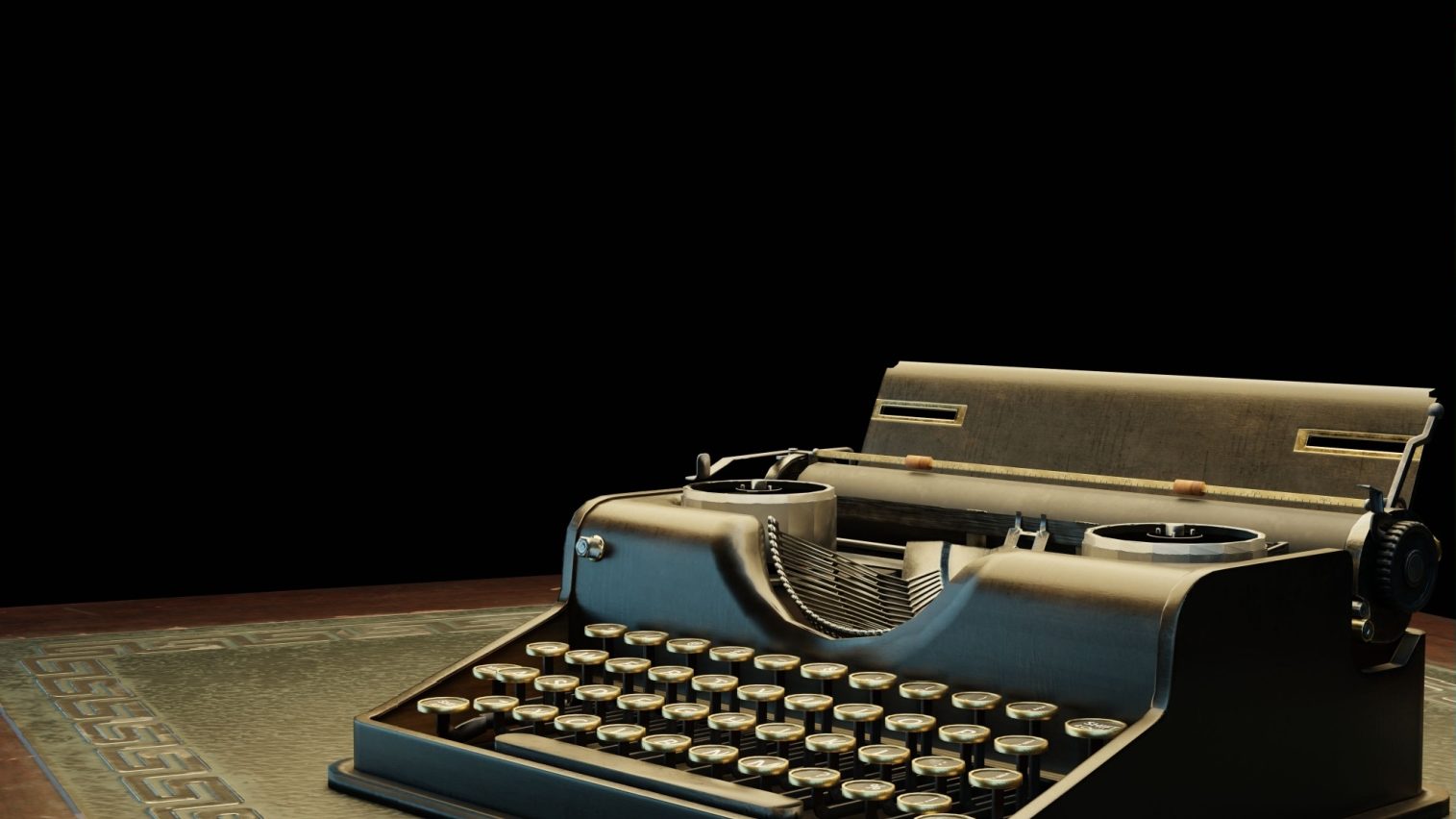
Before personal computers became widespread, typewriters were essential for writing documents. The clacking of keys and the “ding” at the end of each line were familiar sounds in many homes. Correcting mistakes often involved white-out or special correction tape. While some writers still appreciate the tactile experience of typewriters, word processors and computers have largely replaced them.
Rotary Phone
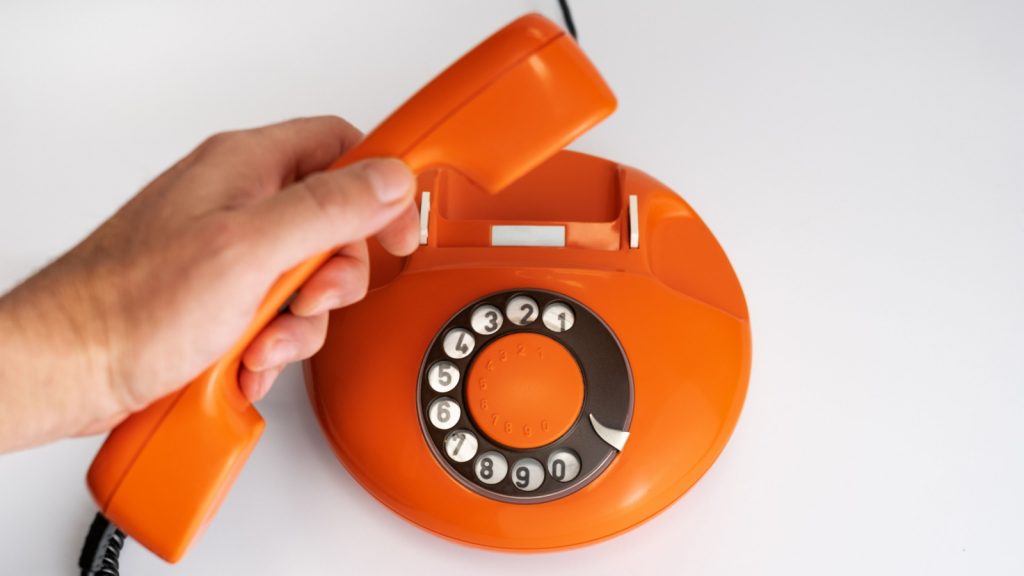
Rotary phones were gradually being phased out in the 80s, but many homes still had at least one. The satisfying whir of the dial returning to its starting position and the patience required to dial each number made phone calls an event. Push-button phones eventually took over, and now smartphones dominate our communication.
TV Antenna
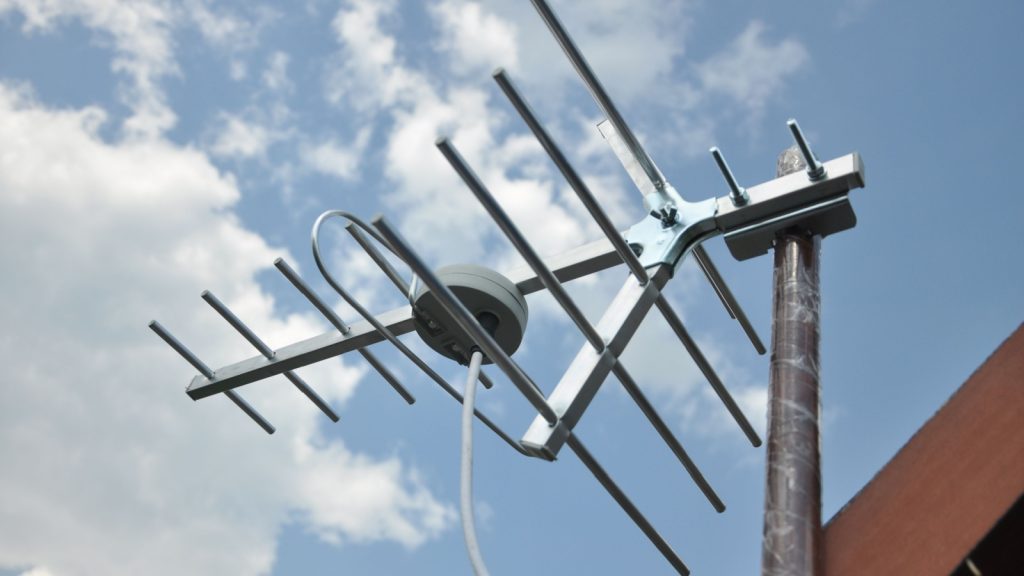
Rooftop TV antennas were a common sight in the 80s, often needing adjustment to get the best reception on the handful of available channels. Indoor “rabbit ear” antennas sat atop many TVs, requiring careful positioning for a clear picture. Cable TV, satellite dishes, and now streaming services have made these old antennas obsolete.
Polaroid Camera
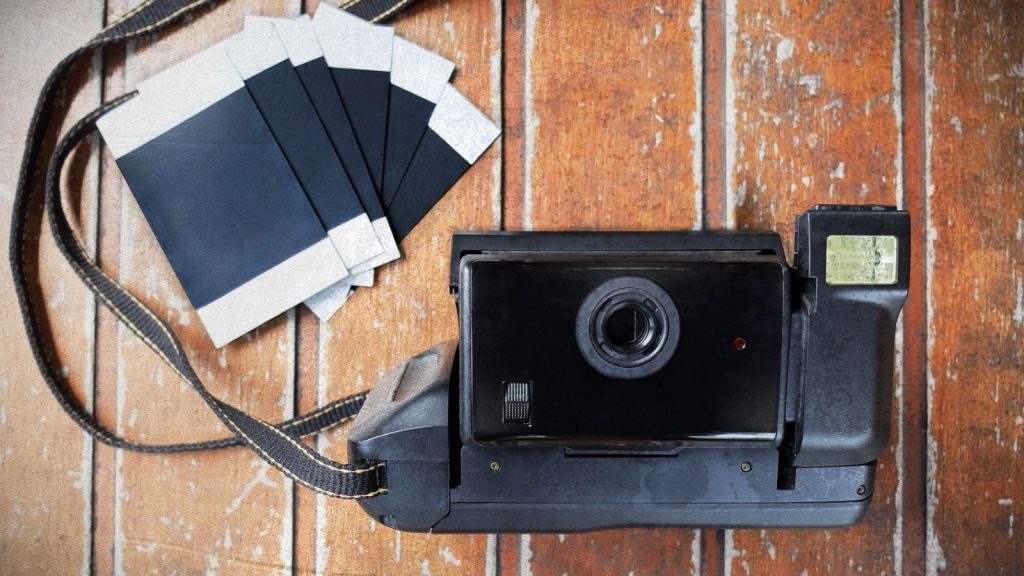
Polaroid cameras offered instant gratification in the world of photography. The excitement of watching a photo develop before your eyes was unmatched. These cameras were popular at parties and family gatherings, producing physical photos on the spot. Digital cameras and smartphone photography have since taken over, though Polaroids retain a certain retro charm.
Dot Matrix Printer
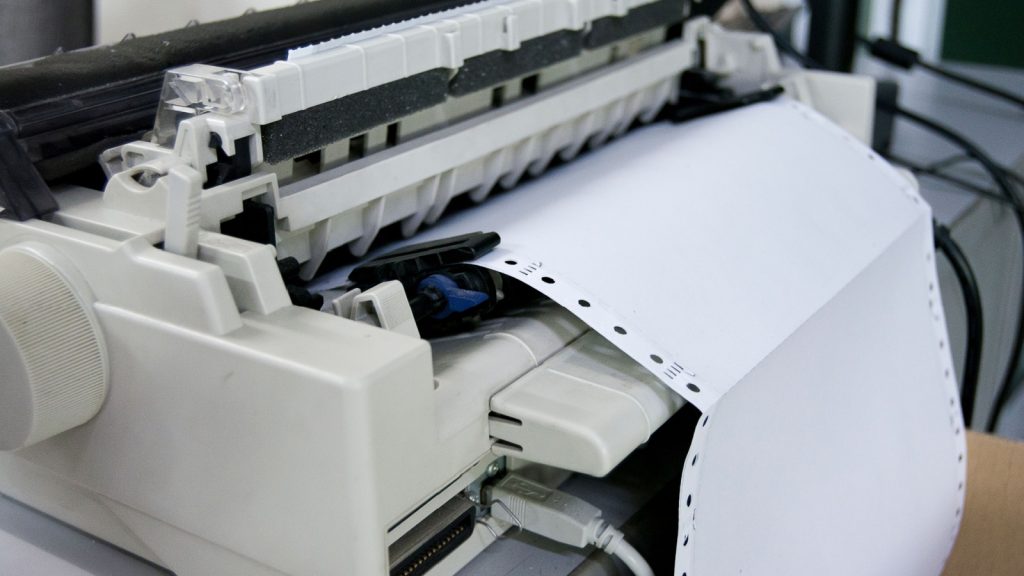
The dot matrix printer was a noisy but essential part of many 80s home offices. These printers used a print head that moved back and forth, striking an ink-soaked ribbon to form characters. The perforated paper with tear-off strips on the sides was distinctive. While they’ve been replaced by inkjet and laser printers, the sound of a dot matrix printer is unforgettable to those who used them.
Pager
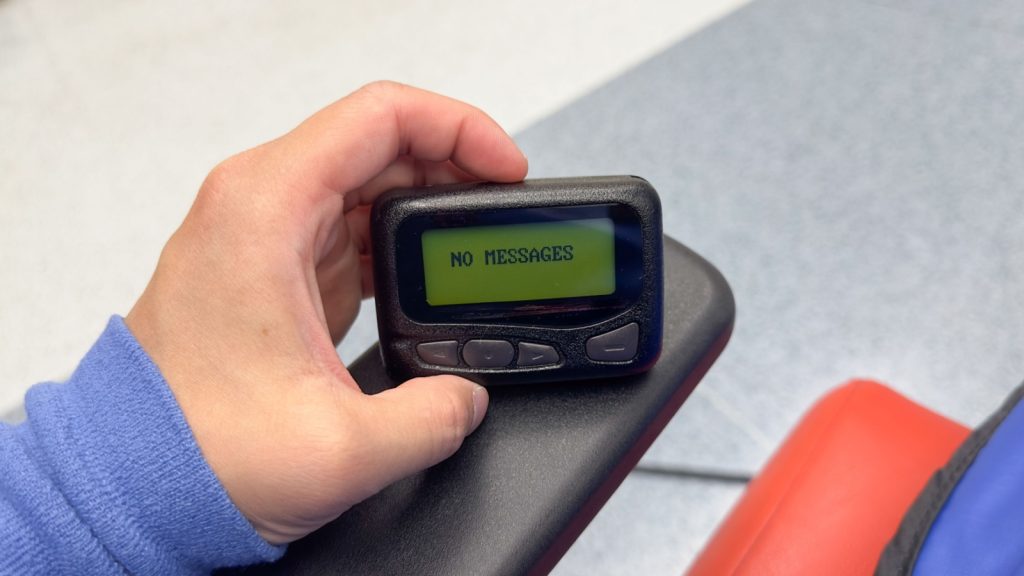
Pagers, or “beepers,” were the height of mobile communication in the 80s. These small devices would display phone numbers or short messages, alerting the wearer to call back. They were essential for doctors, businesspeople, and anyone who needed to stay in touch on the go. Cell phones have since made pagers obsolete for most users.
Vinyl Record Player
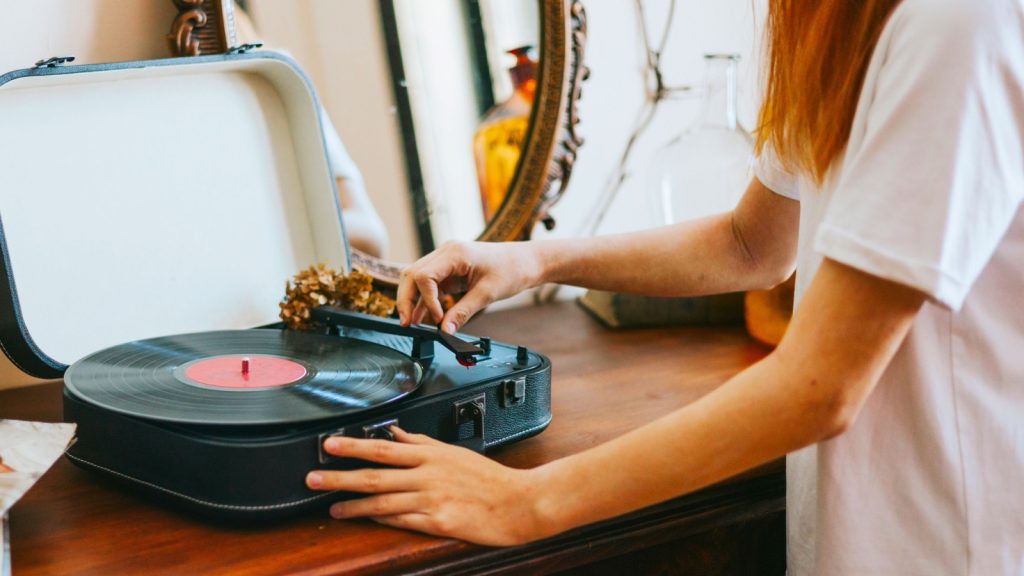
While vinyl has made a comeback in recent years, record players were standard equipment in 80s homes. Large collections of albums were points of pride for music lovers. The ritual of carefully placing the needle on a record and flipping it over halfway through is a memory many cherish. CDs, digital music, and streaming services have largely taken over, though vinyl retains a devoted following.
Landline Phone
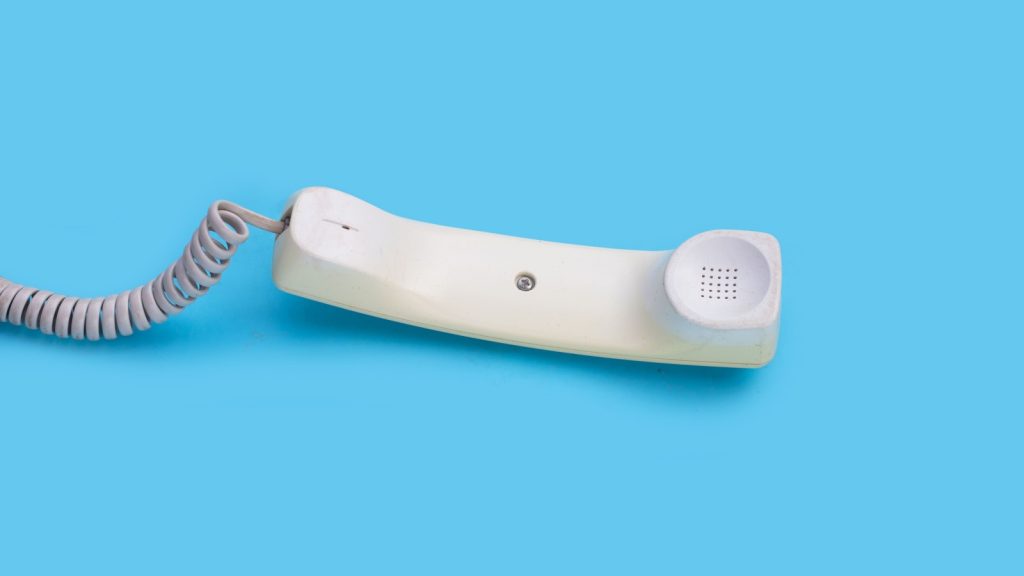
Every 80s home had at least one landline phone, often with extra-long cords that stretched around corners. These phones were the center of communication, with many households having extensions in different rooms. The joy of getting your own phone line as a teenager was unmatched. Now, many homes have done away with landlines entirely in favor of cell phones.
Physical Photo Albums
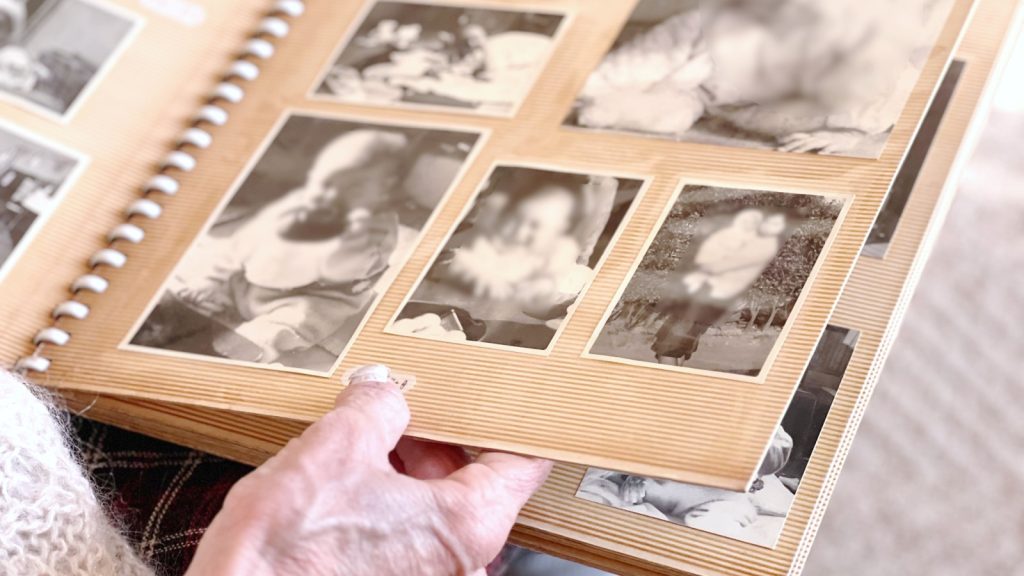
Before digital cameras and cloud storage, physical photo albums were how families preserved memories. These books filled with printed photographs were often brought out at gatherings to reminisce. The process of dropping off film to be developed and eagerly waiting to see how the photos turned out is a lost experience in the age of instant digital photography.
Word Processor

Word processors were the bridge between typewriters and personal computers. These dedicated machines allowed for basic text editing and printing. They were popular for writing papers, letters, and other documents. While they seemed high-tech at the time, they’ve been completely replaced by computers with much more advanced word processing software.
Slide Projector
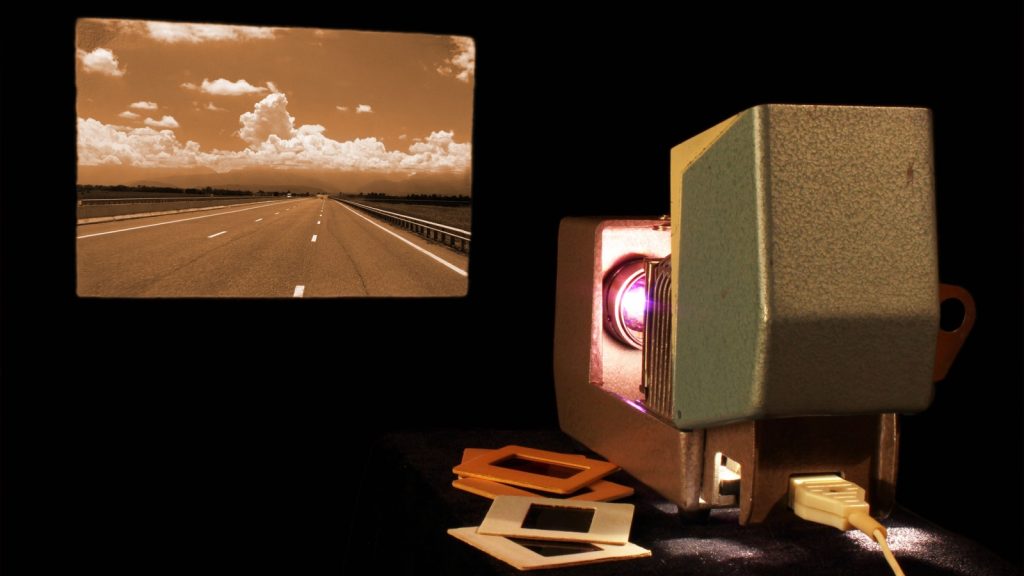
Family vacations and special events were often memorialized through slide shows in the 80s. The rhythmic click of the projector and the occasional upside-down or sideways image were part of the experience. Gathering around to watch slides on a pull-down screen or white wall was a common family activity. Digital photos and presentations have since made slide projectors obsolete.
Phone Book
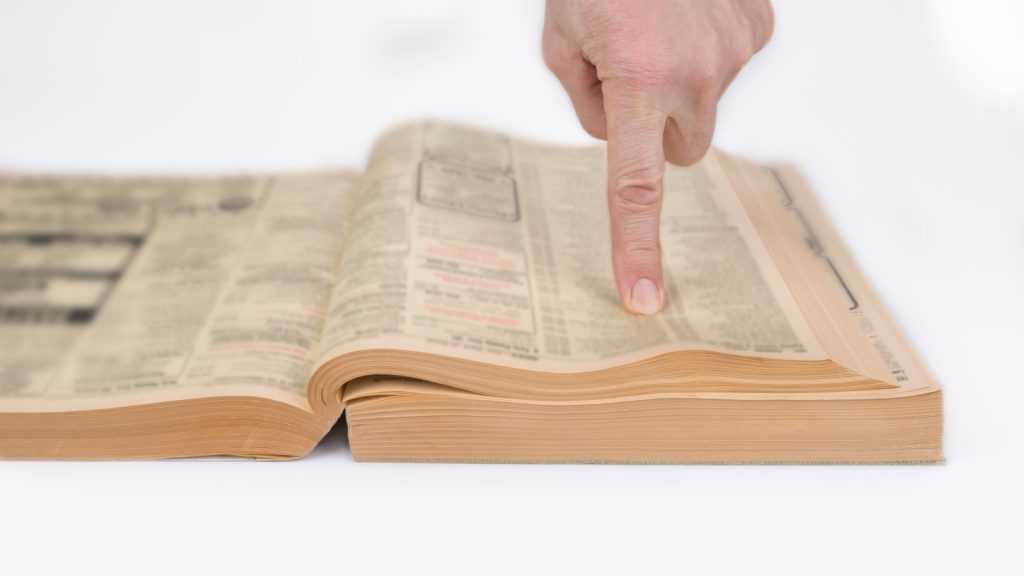
The phone book was a hefty tome found in every 80s household. These massive directories contained listings for local residents and businesses. The yellow pages section was especially useful for finding services. Tearing out pages or writing notes in the margins was common practice. Online directories and search engines have made physical phone books largely unnecessary.
Katy Willis is a writer, master herbalist, master gardener, and certified canine nutritionist who has been writing since 2002. She’s finds joy in learning new and interesting things, and finds history, science, and nature endlessly fascinating.
